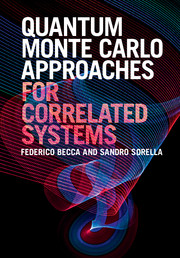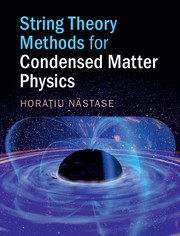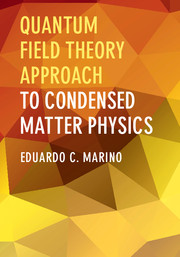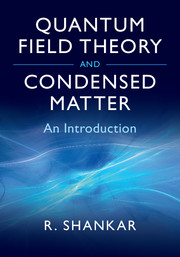The inception of quantum field theory (QFT) occurred in 1905, when Einstein, inspired by the work of Planck, postulated the quantization of the electromagnetic radiation field in terms of photons in order to explain the photoelectric effect. Two years later, Einstein himself made the first application of this incipient QFT in the realm of condensed matter physics (CMP). By extending the idea of quantization to the field of elastic vibrations of a crystal, he used the concept of phonons in order to obtain a successful description of the specific heat of solids, which has become one of the first great achievements of the quantum theory. Since their early days, therefore, we see that CMP and QFT have been evolving together side by side.
In 1926, the quantum theory of the electromagnetic field was formulated according to the principles of quantum mechanics, thereby providing a rational description for the dynamics of photons, which were postulated by Einstein more than 20 years before. QFT soon proved to be the only framework where the two foundations of modern physics, namely, quantum mechanics and the special theory of relativity, could be combined in a sensible way.
From then on, QFTs grew up mainly in the realm of particle physics, until they eventually became some of the most successful theories in physics. Familiar examples are the Standard Model (SM) of fundamental interactions and, more specifically, Quantum Electrodynamics (QED), which exhibits some theoretical predictions that can match the experimental results up to twelve decimal figures. It is difficult to find any other model, ever proposed, possessing such accuracy.
Condensed Matter Physics (CMP), by its turn, has proved to be one of the richest areas of physics, keeping under its focus of investigation an incredible variety of systems and materials. These exhibit a plethora of unsuspected kinds of behavior, frequently associated to different responses to all types of external agents, such as electric and magnetic fields, voltage and temperature gradients, pressure, elastic stress and so on. The understanding of these phenomena is an enterprise that is frequently as interesting as it is challenging. Furthermore, like in no other area of physics, mastering the principles and mechanisms of the phenomena under investigation has produced countless technological by-products. These sometimes have produced such impact on the society that its whole structure has been transformed, and many human habits changed.



